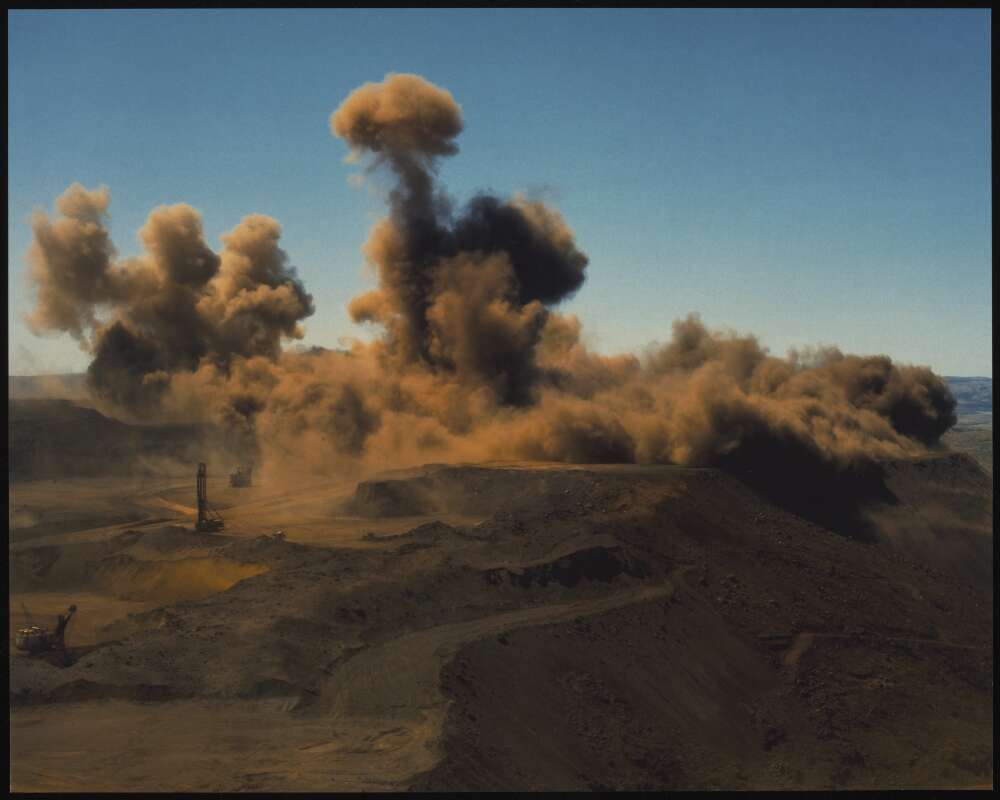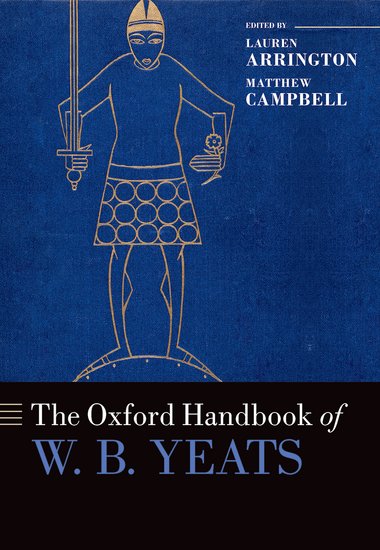Bloodstone
To obliterate a mountain, one must first drill a series of holes 2.4 metres deep – in either a square or diagonal pattern, depending on the rock type and face condition. A crew moves in to load the holes with blasting agent, typically a mix of ammonium nitrate and fuel oil. Detonators and boosters are laid and an explosive cord is run over the mountain face. A fuse is lit. It explodes the detonator, which explodes the cord, which explodes the boosters, which explodes the blast mix, which in turn explodes the mountain.
The third of February in 1974, the day the top of Mount Tom Price was blown off, was a merry affair. The blast took place on a Sunday afternoon. Some 173,520 kilograms of explosives had been loaded, to break up thousands of tonnes of iron ore which had lain in the mountain since the time Earth was young and hot and still composing itself. Residents of the nearby town drove to vantage points to witness the milestone; the local newspaper later declared the colossal blast ‘worthy of their efforts’.
Fifty years after that explosion, I am on a bus tour of an iron ore mine listening to a young, bearded man in hi-vis gear describe how the mountain once here – Mount Tom Price – was snuffed out. The mine is located about 1,500 kilometres north-east of Perth in Western Australia’s Pilbara region. Owned and operated by global mining giant Rio Tinto, the operation lies at the edge of the Hamersley Range, a swirl of Viennetta-like rock folds containing some of the thickest and purest iron deposits in the world. Most of the ore is composed of an iron compound known as ‘hematite’; the name is derived from the Greek word for ‘blood’.
We alight to inspect a mining pit from above. The tourists press their noses against a wire fence, peering into the sheer-cut expanse. It is 250 metres deep and long exhausted, now half-filled with toxic blue-green waste water. ‘We can get to the vein without using explosives, but it creates so much wear and tear on the buckets and metal that it’s more convenient to blow it up,’ our guide explains. Mount Tom Price is not the only peak to be expunged, he says. ‘That mountain on the corner, you see half its face has been cut off? It used to extend all the way across here – that’s all gone. The rest is going to disappear as well.’ He falls silent to allow us to ponder the splendid efficiency of it all.
The discovery of Tom Price’s high-grade iron ore in the early 1960s triggered a rash of mines across the Pilbara. Some thirty-four iron ore mines now operate in the region, most run by Rio Tinto, BHP, or Fortescue Metals Group. A further eight have been decommissioned and eleven more are proposed. Tom Price was the first but is by no means the largest. The scale of the incursion is hard to grasp from the ground but can be observed when flying into the Pilbara: long maroon welts on old reptilian hide, scored all the way to the horizon.
 Blasting at Mt. Tom Price: iron ore mining in the Pilbara, Western Australia, 1974 (Wolfgang Sievers/National Library of Australia)
Blasting at Mt. Tom Price: iron ore mining in the Pilbara, Western Australia, 1974 (Wolfgang Sievers/National Library of Australia)
The story of Mount Tom Price, and indeed of much of Australia’s economic wealth, began 2.5 billion years ago during an auspicious communion in an ancient sea. It was a time of great planetary upheaval, when enterprising microbes began churning out the gas that would activate life on Earth. In a sea where the Pilbara now lies, iron met oxygen. The chemistry was instant. Together the two became a compound – iron oxide – and fell gently to the seafloor; today, the sea is gone but the sediment remains as alternating stripes of iron and quartz, a geological barcode encrypted with the story of Earth’s adolescence.
Continue reading for only $10 per month. Subscribe and gain full access to Australian Book Review. Already a subscriber? Sign in. If you need assistance, feel free to contact us.








Leave a comment
If you are an ABR subscriber, you will need to sign in to post a comment.
If you have forgotten your sign in details, or if you receive an error message when trying to submit your comment, please email your comment (and the name of the article to which it relates) to ABR Comments. We will review your comment and, subject to approval, we will post it under your name.
Please note that all comments must be approved by ABR and comply with our Terms & Conditions.